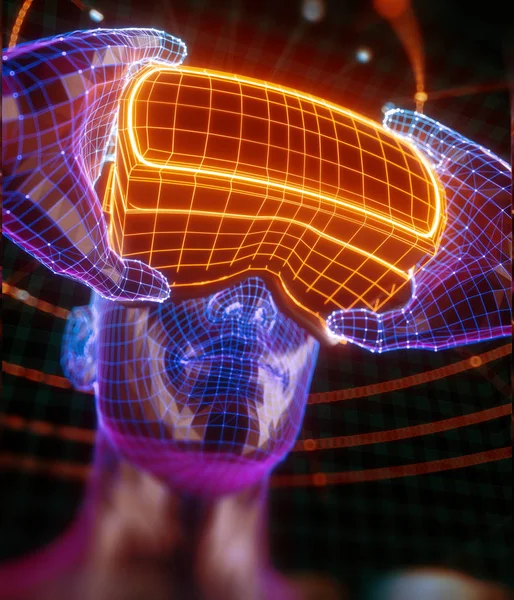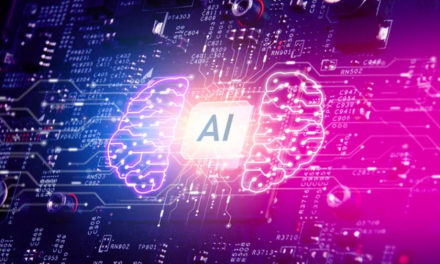Bringing AAA-Quality Blockchain Gaming Platforms
In recent years, decentralized applications, or DApps, particularly in the gaming sector, have risen to prominence. Their allure stems from unparalleled transparency, robust security, and genuine user asset ownership. Yet, there’s a conundrum: while these DApps shine in terms of simplicity and efficiency, their inherent limitations emerge as Blockchain Gaming experiences seek to become richer and more immersive.
Traditional blockchain systems, typified by platforms like Ethereum, have hit a wall when it comes to scalability, an obstacle that particularly hampers real-time, interactive gaming. These issues are compounded by performance limitations and cost implications.
The Actor Model Explained
So, what exactly is the “actor model”? Envisioned as a bridge to these challenges, this model is a paradigm for parallel computing and asynchronous communication within blockchain protocols. The inner workings of this model are a network of “actors” – these can be thought of as programs or users who communicate by sending messages to one another within the protocol. Crucially, no actor can directly alter another’s state. Instead, state changes are orchestrated through these inter-actor messages.
By offering a more streamlined and efficient mechanism for managing interactivity within a blockchain, the actor model holds promise for DApp developers. And it’s worth noting that this model isn’t just theoretical – it’s at the heart of the Gear Protocol, spearheaded by the visionary Nikolay Volf, known for his contributions to Polkadot and the Substrate framework.
Revolutionizing DApp Development with Asynchronous Messaging
This actor model, with its asynchronous messaging core, offers a plethora of advantages that could usher in a new era of blockchain gaming.
Jack Platts of Hypersphere elucidates on the actor model’s edge. He notes, “Traditional systems often get bogged down with tasks waiting in line. The parallel processing strength of this approach ensures that, even under heavy transaction loads, blockchains can remain efficient and agile.” For the gaming world, where instantaneous interactions are paramount, this is game-changing.
Mark Laursen of Bright Star Studios cites his own experiences, drawing from the development of the blockchain-based game, Ember Sword. He notes that parallel processing dramatically simplifies integration, eliminating cumbersome decision-making on the developer’s end.
For gamers, the tangible benefits are clear. Picture transferring an in-game item, like a legendary sword, from long-term storage to an active inventory. This could be as effortless as dragging and dropping in traditional games, without any pesky fees.
Furthermore, the actor model fortifies the blockchain against unpredictable network conditions. DApps can continue operating unhindered, even in the face of network outages – a crucial resiliency feature for blockchain-based games.
Salas, an industry expert, emphasizes the scalability inherent to the actor model. As he explains, individual actor-programs act as mini-shards, ensuring the system remains agile and efficient, even as its demands grow. And in the fast-paced realm of blockchain gaming, such agility ensures uninterrupted, seamless gameplay.

Another ace up the actor model’s sleeve is its event-driven architecture. DApps can be tailored to respond promptly to specific events, ensuring optimal efficiency. It paves the way for real-time feedback mechanisms, where users can receive immediate transaction confirmations, a game-changer for applications demanding swift responses.
As blockchain’s horizon widens, tapping into the actor model could be a pivotal step for game developers. It offers a pathway to transcend the limitations of current systems and unlock the full potential of blockchain technology for gaming aficionados.





